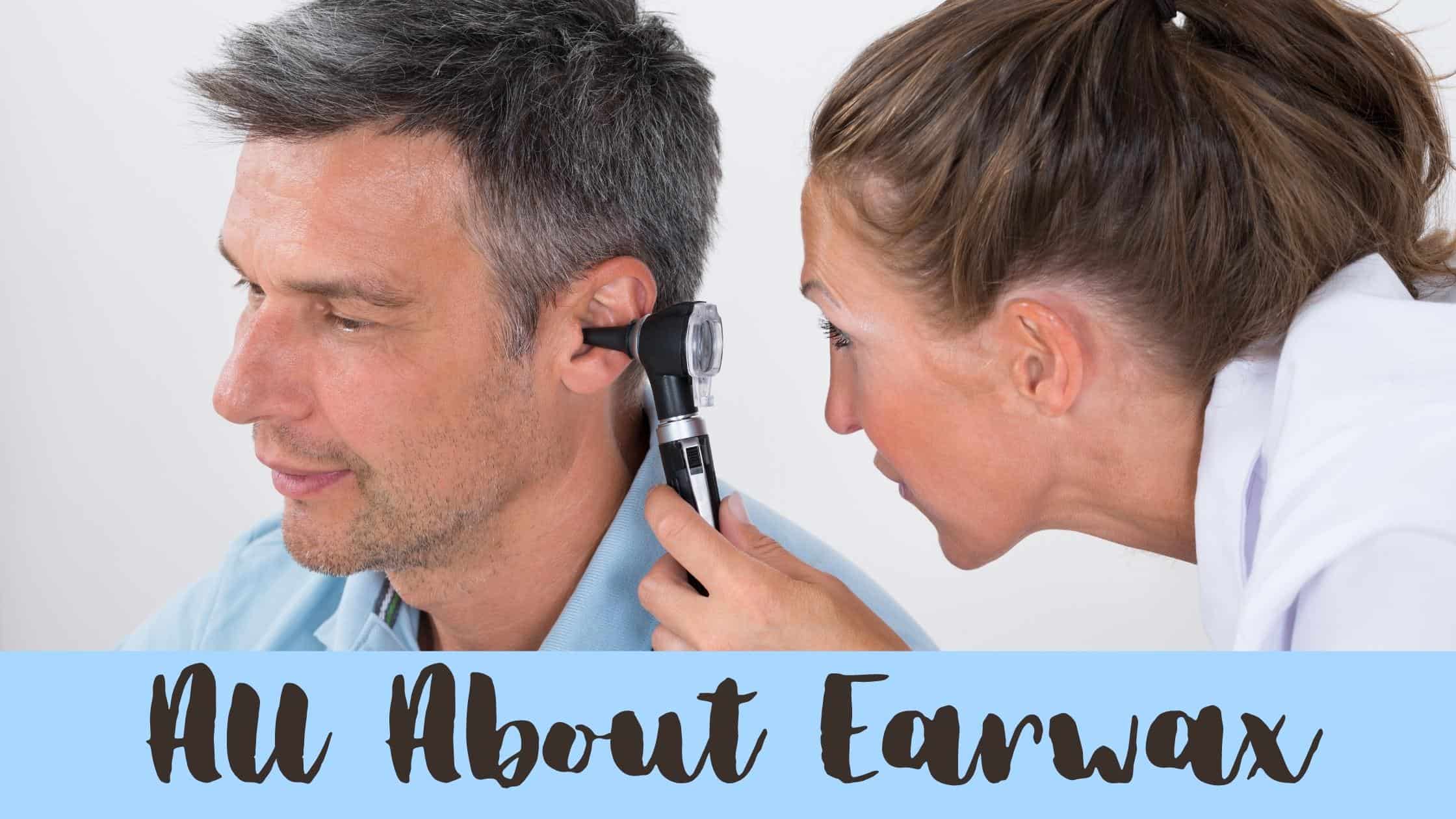
When you think of the word “earwax,” what words come to mind? For many of us, the immediate associations include the words “gross” and “Q-tip,” but these are quite the opposite of a healthy approach to this essential substance! In the first place, we might find earwax disgusting when it comes out of the ear canal, but its presence in the ear serves a crucial protective function. For that second word, our common assumptions about how to clean our ears have been debunked, and we now know that inserting a cotton swab into the ear causes much more harm than good.
Let’s take a look at this strange bodily substance to better understand what it does for us, how to know if something is wrong, and how to manage it.
What Earwax Does for Us
What exactly is earwax? Under the technical name cerumen, this substance has been broken down into its component parts including oil, sweat, dirt, and dead skin and hair cells. Why would the body produce this waxy substance at the entrance to the ears? It turns out that earwax performs several protective functions.
In the first place, earwax is sticky enough to catch dirt and debris before it can travel further into the delicate ear canal. Like fly paper, this substance gathers the harmful substances in the air and keeps it from causing injury or infection. Speaking of fly paper, earwax is also a deterrent to insects. The smell seems to function as a bug repellant, keeping tiny insects from getting into the ear canal.
Earwax also serves as a moisturizer, preventing the skin of the outer ear from flaking into an irritating or infecting substance.
What Earwax Says About You
In most cases, our ears produce the right balance of earwax to serve these protective functions. However, a few signs should point you toward a doctor visit. Earwax can range from wet to dry, and all these types serve their purpose. However, the color can tip you off to concerns. If your earwax is dark brown, it might be a sign that it is collecting too much dirt from a long tenure in the ears, but this color can be normal for older adults. If there is visible redness in your earwax, then you might have a bleeding injury in the middle or inner ear. Finally, if your earwax is white, you might lack a chemical associated with body odor. Though this is not a medical issue, you will be more likely to need deodorant if your earwax is on the yellow to brown spectrum.
How to Manage Earwax
A simple strategy is sufficient for the vast majority of people to manage earwax. While you are in the shower, simply take a wet, slightly soapy cloth in the outer ear and swirl it around in the outer ear. Done! This action is enough to remove unsightly earwax from the outer ear and to restore the natural balance to the middle and inner ears.
Many people are tempted through habit to use cotton swabs in the ear, but this only has the effect of forcing earwax deeper inside, causing many more problems than solutions. Some people think they have a special method to use cotton swabs without pushing ear wax further inside, but any action in the middle ear upsets the natural balance of cerumen production.
For some people, the ears can produce too much earwax. If you find that earwax is clogging your ears, making it difficult to hear, or otherwise bothering you, don’t try to remove it without professional help.
Finally, be sure to wipe your hearing aids clean of earwax. The naturally protective and cleansing function of earwax only works when it is produced and replenished by the ear itself, and bacteria can collect in old earwax residue on objects.
Make sure to regularly remove earwax from hearing aids to keep them functioning properly, as well. With these simple habits in place, you should be able to manage the earwax that exits the ears while preserving its delicate balance the natural way.
Struggling with hearing related issues? We’re here to help. Contact us today to learn more about our comprehensive hearing health services!
